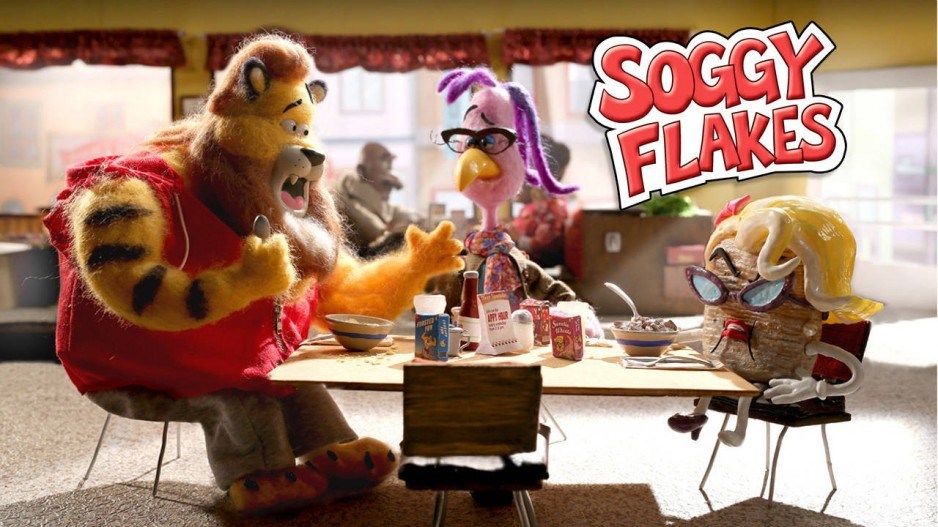Twenty years ago, Tim Gamble was carrying around a VCR to business meetings to show off the content his company was producing.
Nowadays, the co-founder of Thunderbird Films Inc. says the traditional gatekeepers who determine the fates of creative projects are quickly disappearing as new technologies and distribution models transform the animation industry.
“For me, the pace of change is just staggering,” Gamble told a packed auditorium at the Spark Animation Business Symposium.
The October 27 summit in downtown Vancouver drew animators and producers looking to glean insights from industry experts on financing, emerging technologies and global opportunities. There are 26 animation studios based in Vancouver while 8,000 people are employed in the city’s animation industry or visual effects sector, according to the Vancouver Economic Commission.
Meanwhile, a 2016 report from the Canadian Media Producers Association estimated the value of productions in the country’s animation sector increased 24.6% in the 2015-16 fiscal year to $263 million. That’s the highest level of activity the industry has experienced in a decade.
“This is a business, and so even though you are highly creative and have great ideas, you either have to get interested in this [financing] stuff … or you need to work with someone who can do it for you,” said Telus (TSX:T) director of content Kim Guise, who oversees the company’s Storyhive initiative.
“Start early; build those relationships now,” Guise said. “There are always lawyers and accountants and business affairs people who are also starting their careers who are going to want to partner with you.”
The Telus Storyhive provides $10,000 microgrants to content creators based in B.C. and Alberta.
“We are very invested in the animators of the two provinces. We’re also very invested in increasing the diversity of those animators and the stories they’re telling,” she said.
Guise likened the program to a community-driven Kickstarter crowdfunding platform in which people vote on what content they want funded.
“So it’s not just a bunch of suits in a room,” she said, adding that Telus has put a jury system in place to ensure it doesn’t turn into a popularity contest and that there’s diversity within the funded content.
The Telus initiative was originally open to live action and animated content, but Guise said time constraints and dollar amounts did not make for a “fair playing field” for animators.
Last year Storyhive launched a program aimed specifically at animation, which Guise said has been successful.
The creators own the content, but in exchange for the funding, Telus receives a non-exclusive licence to deliver the animated shorts through its own platforms as well as through in-flight programming on Air Canada (TSX:AC).
Creative BC vice-president Robert Wong, who spoke at the same panel as Guise, said his agency’s approach is based solely on objective criteria when determining which projects qualify for tax credits.
“We’re not asking you to submit a script.… We’re looking at the project and saying, ‘Yes, you fit the criteria, you’re doing the work in British Columbia, you check all the boxes,’” he said.
Meantime, Wong said, the DAVE (digital animation, visual effects) tax credit has “grown British Columbia and Vancouver into a world player” in the animation industry.
DAVE credits offer 16% on qualifying labour costs to production companies employing B.C. talent.
“As much as we love having companies like Animal Logic, and Sony Pictures Imageworks, DHX … a lot of that work is not necessarily IP [intellectual property] created here,” Wong said.
He said part of the mandate of Creative BC, which promotes B.C.’s film and TV industry, is bolstering those original local projects. “The tax credit programs are really focused on the business of animation – how much IP you can create here, jobs, [economic activity] you can drive into the province.”
@reporton



